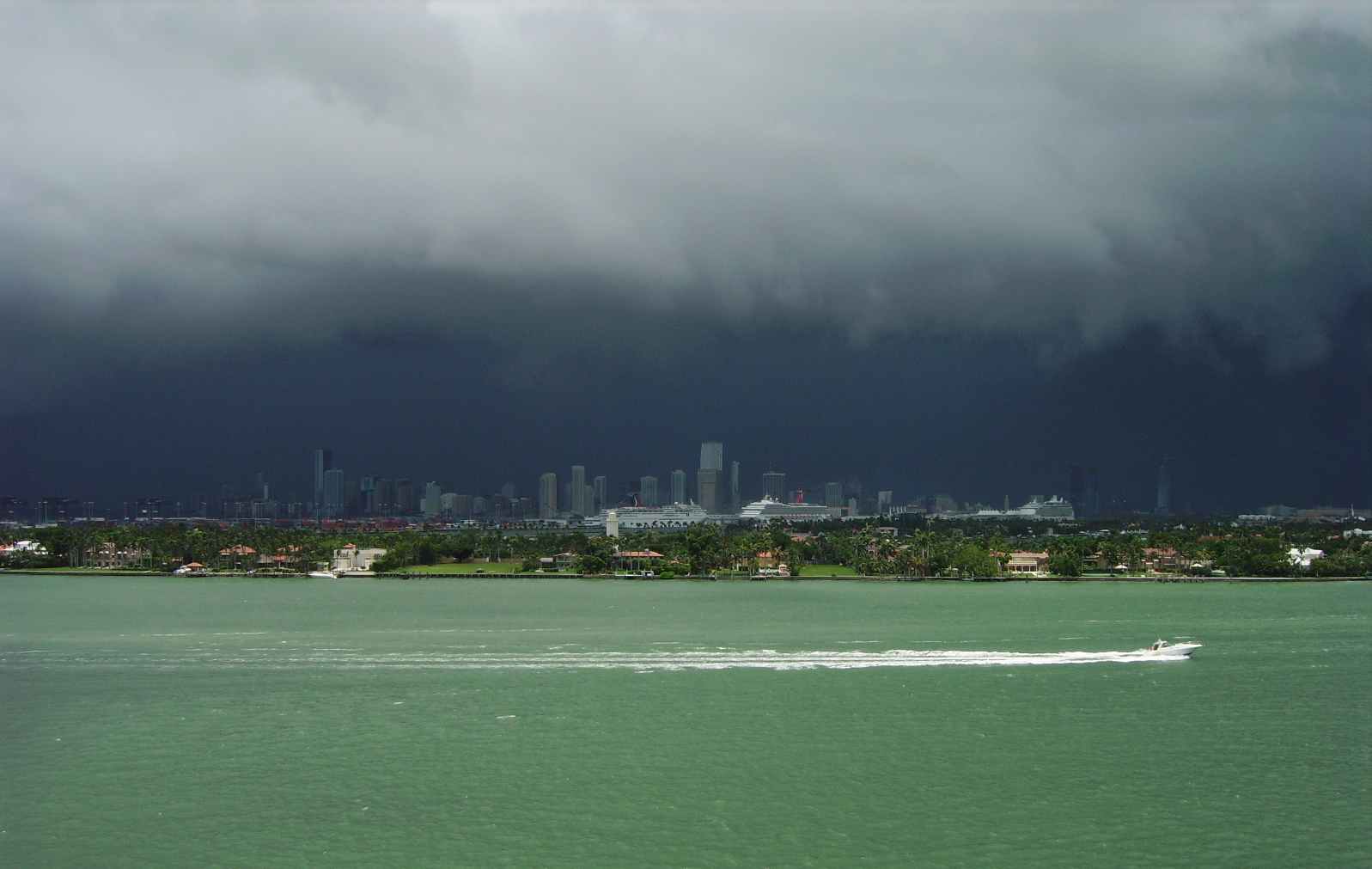QUEZON City, Philippines (October 16) – Since there are lots of heavy rain, thunder and lightning these days, we feel that it is necessary for us to be aware of what kind of rain does the weather bring. With what’s happening in our weather right now – not to mention, the changes – we must gain information about this stuff.
According to Puerto Galera Yacht Club in their website http://www.pgyc.org/monsoon-weather, “Amihan” is called the Winter or Northeast Monsoon while “Habagat” is called the Summer or Southwest monsoon.
What we know as monsoon is not just wind but is actually a weather pattern; Each country affected by the monsoon calls it by a different name. In the Philippines, the Summer or Southwest Monsoon is called the Habagat while the Winter or Northeast Monsoon is called the Amihan. The word ‘monsoon’ is believed to originate from the Arabic word “mawsim” , which means “season”, and is brought to Southeast Asia via the Portuguese and then Dutch traders, the latter of which pronounced the word as “monsun”.

Summer Monsoon weather is characterized by a strong, generally West or southwest breeze that is responsible for bringing significant rainfall to the Asian subcontinent and to South and East Asia. The significant southwest monsoon rainfall is a by-product of air passing over large areas of warm equatorial ocean, stimulating increased levels of evaporation from the ocean’s surface; the Southwest monsoon air, now laden with water vapour, cools as it moves north and as it rises over land; at some point the air is no longer able retain its moisture and precipitates copious volumes to irrigate rice fields and drench rainforests, sometimes causing severe flooding below hillsides that have been stripped of forest cover. The Summer Monsoon is the predominant weather pattern from late April through to early October each year, throughout most Asian tropical destinations.


Winter Monsoon weather features a generally less strong, East or northeast breeze that is cool and dry (compared to the Summer Monsoon weather) with prolonged periods of successive cloudless days. The Winter Monsoon features cool and dry air that originates in a vast anticyclone – a weather system with a high barometric pressure – which forms over Siberia, Mongolia and northern China during each northern winter. The Winter Monsoon air from the anticyclone pushes outward in a clockwise motion from its centre and competes with the Summer Monsoon over a period of a week or two, usually starting in late September and early October, before finally dominating the weather with a cooler and drier northeast monsoon, in most Asian tropical and sub-tropical destinations, through to the following April.

Changes in the weather system may always be there but let us not forget that we still have to be prepared for whatever the weather may bring in our area, we also must know the difference of hanging habagat and hanging amihan in order for us to be ready.
(written by Joana Joyce Tan Marcaida, edited by Jay Paul Carlos, additional research by Lovely Ann Cruz)
